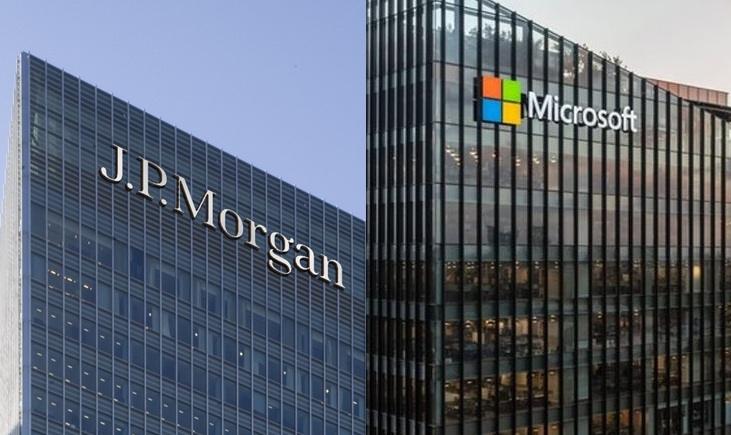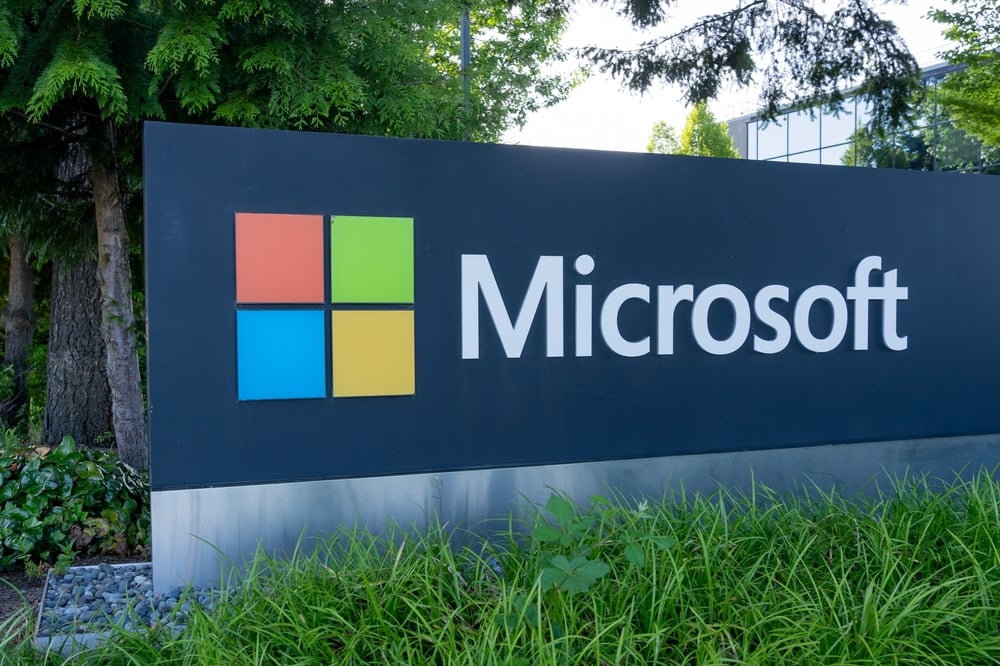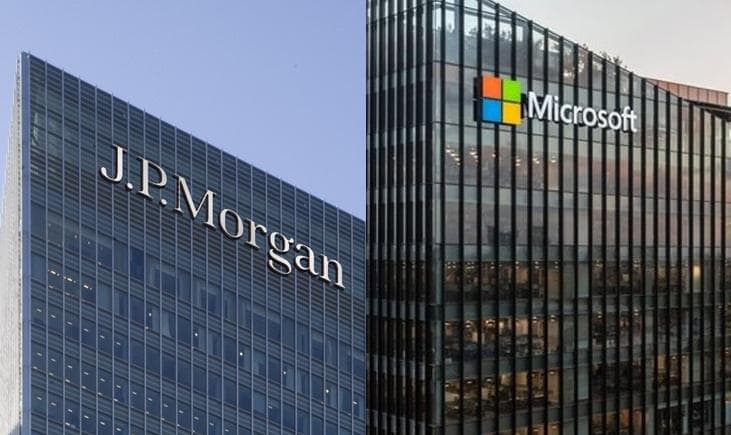Why this matters: BECCS is becoming the default path to hit 2030 net‑zero targets
Microsoft, JPMorgan Chase, Alphabet, Meta, Shopify and Stripe are purchasing carbon-removal credits from pulp, paper and biomass facilities retrofitted with bioenergy with carbon capture and storage (BECCS). Deals include multi‑million‑ton offtakes (e.g., Microsoft’s 3.7 Mt with CO280 and 6.75 Mt with AtmosClear) at weighted average prices around $210/ton versus ~$490/ton for direct air capture, according to CDR.fyi. BECCS now represents nearly 70% of announced carbon‑removal contracts, offering volume on existing industrial footprints. But lifecycle accounting, land‑use pressures, and co‑pollutants could turn “low‑cost removals” into reputational, regulatory, and health liabilities without strict guardrails.
Executive summary
- Near‑term scale: Retrofitting boilers at pulp/biomass sites enables hundreds of thousands of tons per project by late‑2020s-critical for 2030 goals.
- Cost and policy tailwinds: Lower capture costs and US incentives (e.g., 45Q) improve economics, but permitting for pipelines and Class VI wells is a pacing item.
- Risk concentration: Climate benefits hinge on feedstock choices, alternative‑use leakage, and local air quality controls-weak diligence risks “BECCS and switch” backlash.
Market context: The competitive landscape is consolidating around retrofit scale
Corporate buyers need durable removals to cover residual emissions this decade. BECCS can bolt onto existing mills and biomass plants, avoiding greenfield timelines. That’s why tech and finance leaders are locking long‑dated offtakes now to secure supply and price. Microsoft is the pace‑setter, with BECCS representing the majority of its disclosed removals. Projects span paper‑mill “black liquor” capture and biomass power running on residues like sugarcane bagasse and forestry trimmings. Analysts and academics caution that biomass is not automatically carbon‑neutral once broader emissions, land impacts, and regrowth timelines are included. Co‑pollutants (PM, VOCs, SO₂, CO) introduce environmental‑justice exposure if not mitigated. Europe and the US currently treat many biomass sources as neutral, but policy reversals remain a material risk.

Opportunity analysis: Where BECCS delivers real climate and business value
Best‑in‑class BECCS centers on genuine waste and residue streams-mill black liquor, agricultural by‑products, logging leftovers—where counterfactuals are burning or rapid decomposition. National Academy of Sciences work suggests the US could remove >500 Mt/year by 2040 using wastes alone, avoiding dedicated energy crops. Strategic buyers can shape the category by requiring robust MRV, full lifecycle analysis, and co‑pollutant controls. Done right, BECCS offers:

- Portfolio balance: Cheaper, near‑term tons complement smaller volumes of higher‑permanence, higher‑cost options (e.g., DAC, mineralization).
- Cost visibility: Multi‑year offtakes at ~$200-$300/ton de‑risk 2030 targets versus waiting for uncertain future supply.
- Local impact upside: Rural investment and mill retrofits, if paired with modern emissions controls and community benefits, reduce social‑license risk.
Action items for executives
- Set guardrails: Prioritize verified waste/residue feedstocks; exclude primary forest harvests and energy‑crop expansions unless LCAs prove net‑negative and no land‑use leakage.
- Demand rigorous MRV: Require independent lifecycle assessment, stack testing, and storage monitoring (e.g., ISO 14064, ICVCM Core Carbon Principles, Puro‑standard or EU CRCF‑aligned).
- Tie dollars to health protections: Make offtake payments contingent on installation of best‑available co‑pollutant controls and community air monitoring.
- Structure smarter contracts: Use milestone‑based offtakes, step‑in rights, performance insurance, and registry transparency to manage delivery and permanence risk.
- Diversify removals: Cap BECCS at a defined share; add DAC, mineralization, biochar, and reforestation for resilience across policy and supply shocks.
- Align with disclosures: Map credits to residual emissions only, consistent with SBTi and emerging SEC/EU reporting, to avoid greenwashing claims.
Sources: Company announcements; CDR.fyi market data; expert commentary from Microsoft, Princeton, Notre Dame, and Lawrence Livermore; National Academy of Sciences (2019). Reporting synthesized from recent industry coverage.




